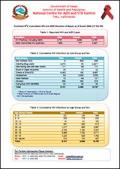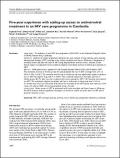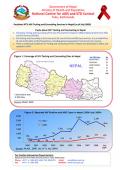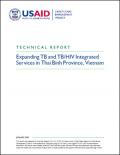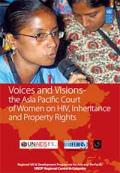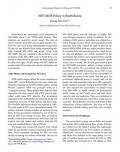Publications on People Living With HIV (PLHIV)
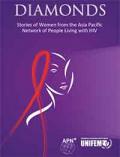
Resource | Publications,
As the world witnesses a sharp increase in the number of women living with HIV, women leaders like
those telling their stories in this publication need to be heard. Coming from different socio-economic and personal contexts in the Asia Pacific region, these women speak of the power dynamic in their relationship with men, weighted in favour of the latter.
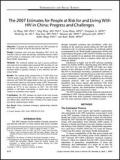
Resource | Publications,
The 2007 estimates for the number of people exposed to and infected with HIV in China utilized data newly available through expanded screening and surveillance, while also building on the experience gained during the 2003 and 2005 estimation work. As with past estimates, the workbook method recommended by the World Health Organization (WHO) and United Nations Program on HIV/AIDS (UNAIDS) was chosen as the most suitable for an epidemic still concentrated among certain subpopulations and in a situation where data are still relatively limited.
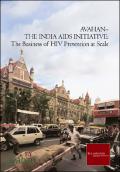
Resource | Publications,
In 2003 the Bill & Melinda Gates Foundation began its large HIV prevention program, the India AIDS Initiative, later called Avahan, to curtail the spread of HIV in India. At the time, there was an understandable sense of urgency about the rising prevalence of HIV in the world's second most populous country.
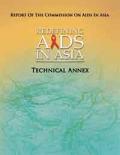
Resource | Publications,
The studies included in this Annex, as one can see, cover a wide range of themes like epidemiology, unit costing, assessing the total resource need, cost-effectiveness and socio-economic impact in general and in particular on women, children and young people. Research material bearing on legislation, impact mitigation and effectiveness of HIV programmes has also been presented.






